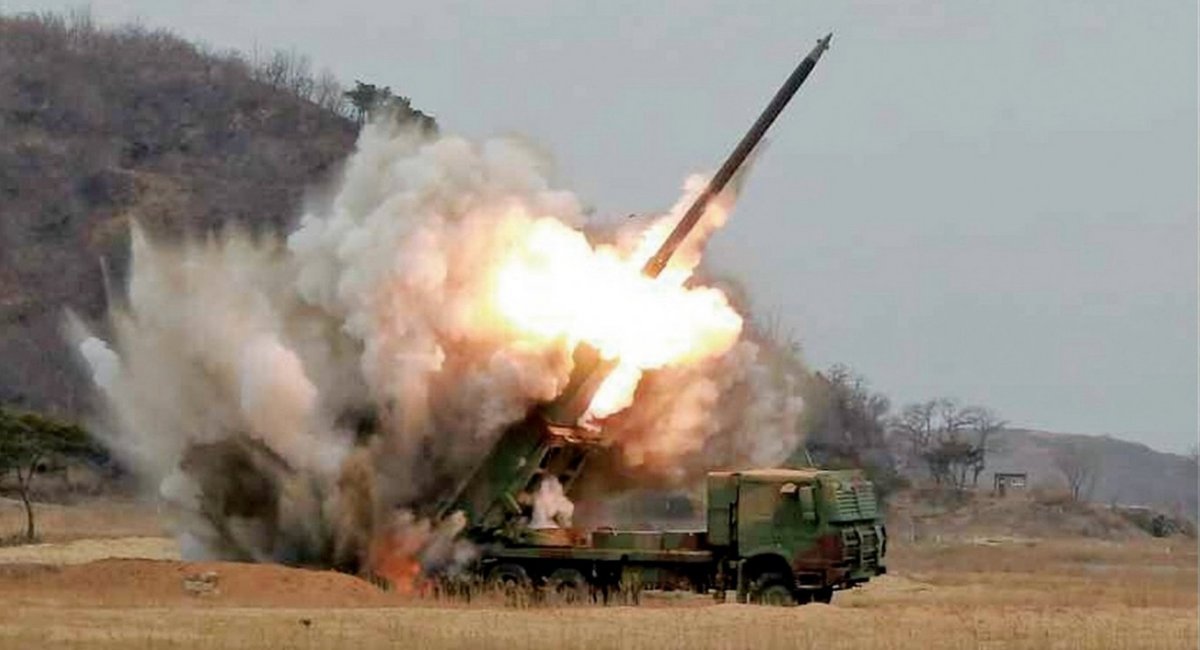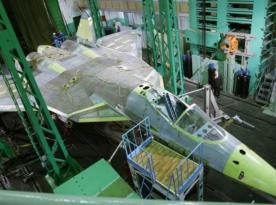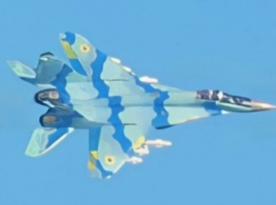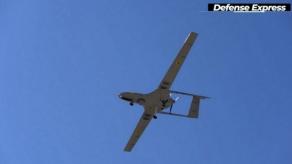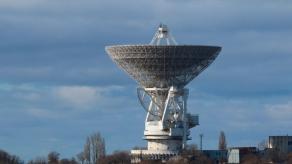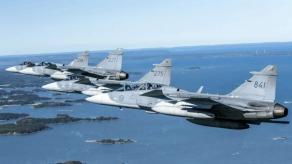The operation was supported by drone operators of Ukraine’s 4th Special Operations Regiment Ranger. Using real-time aerial reconnaissance, they identified the target and guided precision fire onto the location.
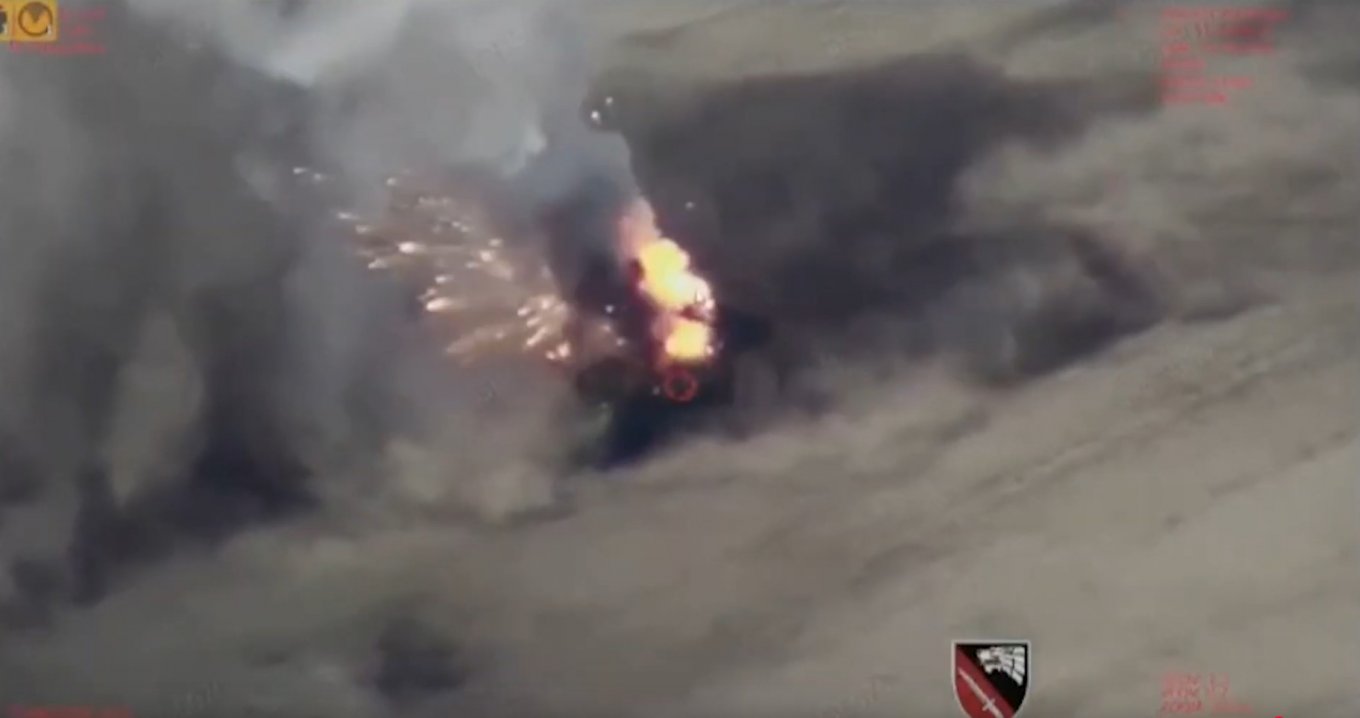
A single precision-guided GMLRS round, launched from a U.S.-supplied HIMARS (High Mobility Artillery Rocket System), detonated just meters from the KN-09 launcher. The resulting shrapnel triggered an explosion, completely destroying the system.
Read more: russia Deployed 60 North Korean KN-23 Missiles Against Ukraine
According to OSINT analyst skrip_ochka, the strike occurred near the village of Pervomayskii in russia’s Kursk region.
Video footage of the attack has been widely shared online, underscoring russia’s continued use of foreign-supplied or foreign-designed weaponry.
The KN-09 (also known as M-2015 and KN-SS-X-09) is a 300 mm-caliber MLRS with a range of up to 200 kilometers. A typical battery includes two launchers, each capable of firing four missiles. There is a hypothesis North Korea obtained technologies for development from russia, the reference being BM-30 Smerch, or from China with its A-100. The latter, by the way, also found its way to belarus where it's now known as the Polonez rocket system.
The most likely, though, is that KN-09 is based on the Chinese Weishi SY300. The least possible option is that its genuinely North Korean own modernization to the existing 240mm launchers M-1985, M-1989, and M-1991.
In 2016, the KN-09 proved its attack range of 200 km during a live fire test. The rockets went up to an altitude of 50 km, South Korea reported as it was attentively watching the trials from afar.
Read more: North Korea Transfers More Weapons to russia, the KN-23/24 Missiles and M-1991 Systems Are Among Recent Deliveries




